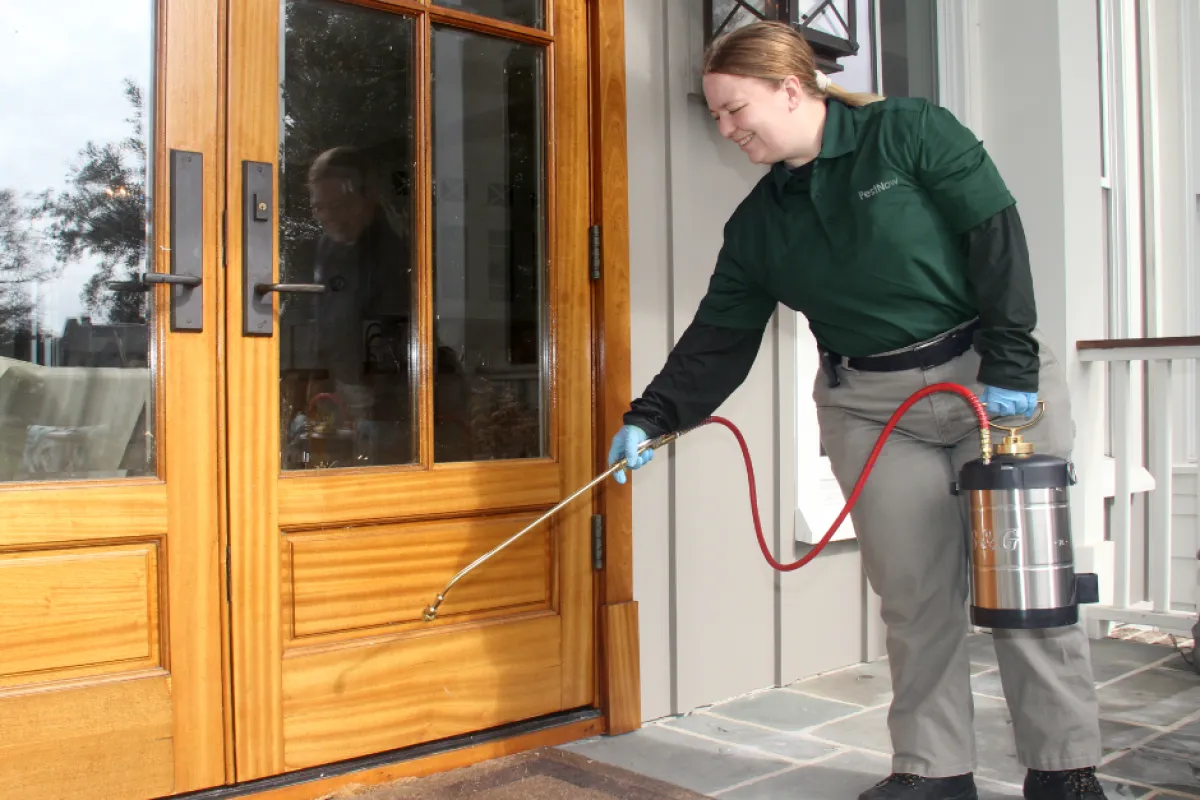Bed Bug Therapy Failure: Comparing Chemical Vs. Non-Chemical Solutions
In the realm of bug control, especially when dealing with the persistent problem of bed bugs, the option in between chemical and non-chemical treatment solutions can be a pivotal one. Both methods use distinctive advantages and disadvantages, affecting factors such as effectiveness, safety and security considerations, and general price. By taking a look at the nuanced information of each approach, a clearer understanding of which path to pursue in attending to a bed bug invasion can be acquired.
Effectiveness of Chemical Treatments
Chemical therapies for bed insect problems have been widely recognized for their rapid and potent effectiveness in eliminating these pests. When thinking about the performance of chemical therapies, it is crucial to recognize that they can supply a fast and complete solution to a bed bug issue.
Furthermore, chemical treatments have the advantage of offering residual impacts, suggesting that they can continue to remove bed bugs even after the first application. This recurring action is especially beneficial in combating any type of potential re-infestations. Additionally, the quick activity of chemical therapies can bring alleviation to individuals dealing with severe bed insect infestations, permitting them to restore control of their space rapidly.
Security Interest In Chemical Solutions
One essential element that needs mindful factor to consider when utilizing chemical remedies for bed insect therapy is making certain the security of occupants and the environment. Direct exposure to specific chemicals utilized in bed bug therapies can lead to breathing concerns, skin irritation, or various other unfavorable reactions, particularly in individuals with pre-existing conditions or level of sensitivities.
Moreover, the environmental influence of chemical options is one more substantial factor to consider. Some chemicals utilized in bed bug therapies might be dangerous to advantageous bugs, wildlife, and ecosystems if they seep into the soil or water supply. It is important to use chemical therapies judiciously, following safety standards, and thinking about less poisonous options to reduce these dangers and make sure the efficient and secure management of bed pest invasions.
Benefits of Non-Chemical Techniques
Considering the prospective safety and security concerns and environmental impact related to chemical options for bed pest treatment, discovering non-chemical techniques offers an encouraging alternative with a number of unique advantages. Non-chemical techniques offer a more secure alternative for homes, especially those with pet dogs, youngsters, or individuals sensitive to harsh chemicals. These techniques remove the threats of exposure to hazardous materials, minimizing the potential for damaging health impacts. In addition, non-chemical treatments are eco friendly, as they do not contribute to air or water pollution, making them a sustainable choice for insect control.
Additionally, non-chemical services can be efficient in targeting bed pests, including hard-to-reach locations where chemical therapies may not permeate - A1 exterminator charlotte nc. Approaches such as heat treatment, vacuuming, heavy steam cleansing, and mattress encasements give detailed elimination without the usage of damaging chemicals.
Limitations of Non-Chemical Treatments

In addition, non-chemical therapies frequently call for several applications to attain successful removal. This can be taxing and may not always assure full removal of all bed pests and their eggs, specifically in covert or hard-to-reach locations.
Additionally, the success of non-chemical treatments heavily counts on correct implementation and thoroughness, which official site can be challenging for people without expert know-how. Poor application of non-chemical approaches might lead to incomplete elimination, resulting in relentless invasions and the requirement for additional treatments.
Consequently, while non-chemical treatments have their advantages, it is necessary to recognize these restrictions and consider them when determining the most effective strategy for taking care of bed bug infestations.
Cost Contrast: Chemical Vs. Non-Chemical Options
Given the constraints related to non-chemical therapies, an essential aspect to assess in the context of bed pest management is the expense contrast between chemical and non-chemical alternatives. Chemical treatments typically entail the application of insecticides by experts, which can range from $250 to $900 per space, relying on the seriousness of the problem and the size of the location to be treated. In contrast, non-chemical treatments like warmth treatment or vapor can be extra pricey, with expenses residential pest control company varying from $1,000 to $6,000 for an entire home. While the preliminary cost of chemical treatments may appear reduced, multiple treatments might be needed to fully get rid of the infestation, possibly increasing the overall expense. On the other hand, non-chemical choices may provide an extra eco-friendly and lasting option, although they can be cost-prohibitive for some individuals. Inevitably, when taking into consideration the expense of bed bug therapy alternatives, it is very important to weigh the ahead of time costs against the efficiency and long-lasting sustainability of the chosen method.
Verdict

Considering the possible security worries and environmental impact associated with chemical services for bed bug treatment, discovering non-chemical methods offers an appealing alternative with numerous distinct advantages.Given the constraints connected with non-chemical treatments, a vital aspect to review in the context of bed bug monitoring is the cost comparison between chemical and non-chemical alternatives. In comparison, non-chemical treatments like warm therapy or steam can be more costly, with expenses ranging from $1,000 to $6,000 for an entire home. While the first cost of chemical treatments might seem reduced, numerous therapies may be needed to completely get rid of the problem, potentially boosting the general expense.In verdict, when comparing chemical and non-chemical bed pest treatment alternatives, it all pest control is crucial to think about effectiveness, safety and security, advantages, limitations, and price.